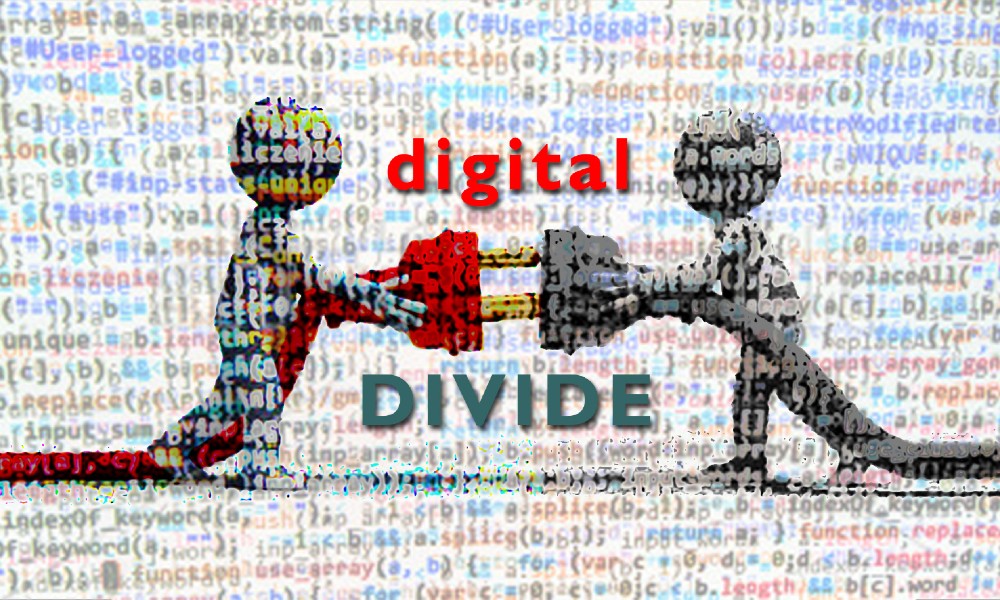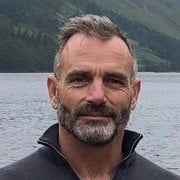
In his recent State of the Union Address, President Biden clearly stated the need for increased broadband connectivity on tribal lands. He said, “We’re going to provide affordable high-speed Internet for every American — rural, suburban, urban, and Tribal communities. Four thousand projects have already been announced. Many of you have announced them in your districts.” Last year, Vice President Kamala Harris (video) announced a billion dollars in broadband grants for rural and tribal areas. The issue is bipartisan – which is so rare these days. In October of 2020, Jeb Bush wrote an op-ed for Slate about the need to invest $100 billion to bring the internet to millions. He said, “Our rural communities and tribal lands remain a vast and untapped resource of creative and hardworking people. There are major pockets of America that have proved their economic value and potential but have been left largely fallow for decades. We have room to run! But right now, our lives move at the speed of our internet connection.”
If you are wondering why these areas are underserved, according to Morning Consult, “Telecommunications companies often don’t see a return on their investment in low population areas, so infrastructure is often lacking on tribal lands.”
Another glaring issue is, in almost every case, the broadband speed adoption rate on Tribal lands is far behind overall US rates.

The Federal Communications Commission (FCC (News - Alert)) has also focused on this issue. In 2020, the FCC granted 154 spectrum licenses to tribal applicants for mid-band (2.5 GHz) spectrum. “This is a major step forward in our efforts to close the digital divide on Tribal lands,” said FCC Chairman Ajit Pai, in a prepared statement about the Tribal 2.5 GHz licenses. “Few communities face the digital connectivity challenges faced by rural Tribes. By prioritizing Tribal access to this mid-band spectrum, we are ensuring that Tribes can quickly access spectrum to connect their schools, homes, hospitals, and businesses.”
The Rural Digital Opportunity Fund (RDOF) was the Commissions earlier effort to bridge this digital divide. On August 1, 2019, the Commission adopted a Notice of Proposed Rulemaking (NPRM) proposing to establish the $20.4 billion Rural Digital Opportunity Fund to bring high speed fixed broadband service to rural homes and small businesses that lack it.
One state in particular, California, has the highest Native American population in the country. According to the 2010 U.S. Census, California represents 12 percent of the total Native American population (approximately 720,000) identified themselves as Native American. There are approximately 110 federally recognized Indian tribes, including several tribes with lands that cross state boundaries. There are also about 81 groups seeking federal recognition. These tribes are dispersed throughout the state, including, near highly populated cities like Sacramento and in rural and mountainous regions in northern California.
Based on this information, California is probably the most important state to focus on when solving the problem of ensuring broadband equality on tribal lands. In fact, a handful of telecommunications carriers have been awarded FCC RDOF grants totaling hundreds of millions of dollars to bring fixed and wireless broadband to much of these underserved tribal lands.
The next step in the process is for the California Public Utility Commission (CPUC) allowing these companies to provide service. This is done by giving them an ETC Designation which stands for “Eligible Telecommunications Carrier.” This process can take many months but is the last step before final FCC approval in allowing hundreds of thousands of Native Americans living in California access to broadband service which will be close to or even exceed speeds available to the general population.
If you want to be part of the process, you can comment to the CPUC and let them know you support ETC designation of RDOF-approved carriers and you can even join the CPUC to become part of this positive change. The CPUC just placed ads for Program and Project Supervisor positions on LinkedIn (News - Alert) and other openings can be found here.
We wish the CPUC great success in filling these roles and congratulate them and the rest our government leaders in advance for being a huge part of the process of bringing high-speed broadband to hundreds of thousands of underserved Native Americans and other rural residents.
Join us in Fort Lauderdale, Florida for ITEXPO, part of #TechSuperShow, June 21-24 where we will unpack the digital divide, discuss the future of broadband, forecast 5G next steps and much more. See you there!
Edited by
Maurice Nagle





